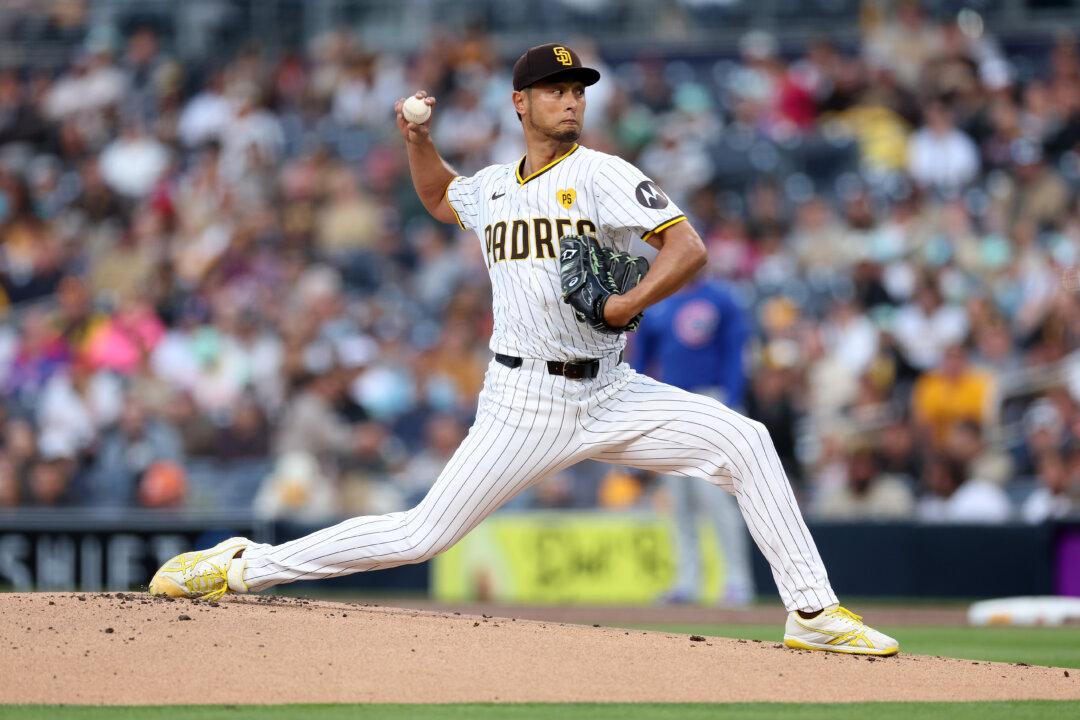Tommy John was a left-hander who won 288 games in the 1960s, ‘70s, and ’80s. He had great stuff and a nice smile.
These days, no one smiles when they hear someone say Tommy John.

Tommy John was a left-hander who won 288 games in the 1960s, ‘70s, and ’80s. He had great stuff and a nice smile.
These days, no one smiles when they hear someone say Tommy John.